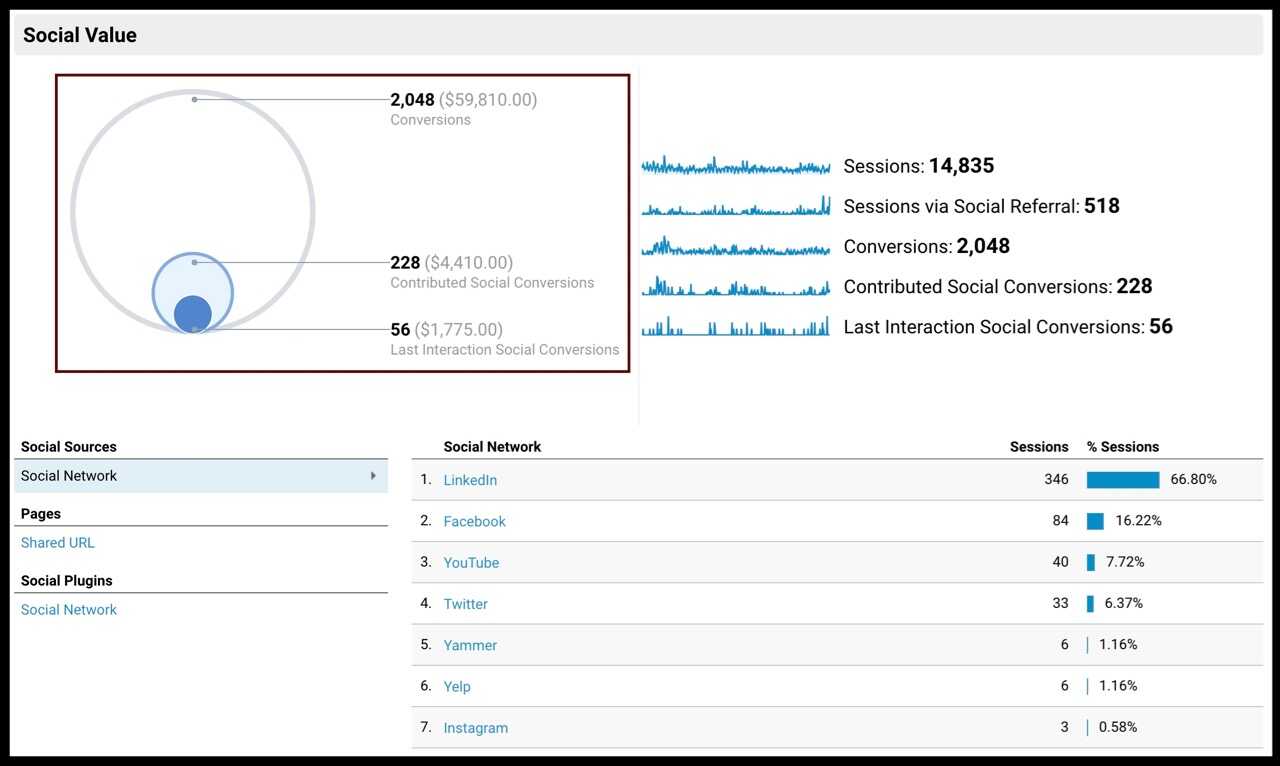Social media marketing is one of the many components that make up a digital marketing strategy. As it increasingly becomes etched into the modern digital marketing landscape, so is the importance of maintaining these channels.
Many businesses create a wealth of content for their social media pages. They also post frequently but then they seem to neglect to pay attention to how their audience interacts with them via social media.
When it comes to their social media marketing activities, business owners and marketing professionals need to consider how important it is to not only create great content for their channels but to also communicate and interact with their audience.
In particular, at smaller and mid-sized companies, social media marketing often gets assigned to an intern or someone that seems capable of spending a few extra minutes each day taking care of this activity (after all, at least doing something is better than doing nothing; right?).
As I’ll discuss further in this article, social media marketing, and community management should be a high priority for most businesses out there. It’s an amazing way to directly communicate with your existing and potential new customers. Don’t let this opportunity go to waste. If you’re not sure how to implement a meaningful social media strategy, I recommend you take a class. Websites such as Udemy and Lynda are just a few of the websites that offer a plethora of classes in this space. My team and I also host a variety of digital marketing courses online and in-person in the Denver area, and I hope you’ll be able to join us for an upcoming session.
So why is it important to interact with your online audience? Social media is the digital form of word-of-mouth, and your customers are listening. As you can see from the Google Analytics screenshot below from one of our customers, referral traffic from social media platforms led to a total of 2048 conversions in one year and a significant amount of sales:

On social media, you have the opportunity to interact with your customers directly. What better way to strengthen your brand and customer loyalty? And that’s where a social media community manager comes in. A community manager is someone who is your brand’s ambassador on social media channels. That person is the online face of the company.
Engagement: the Essential Role of a Community Manager
A community manager’s main role is to engage with the audience. Think of each social media page as a conversation tool between your company and your customers, and this is where a timely response is key. If you were having a conversation in person or on the phone, you wouldn’t wait two days to respond. Obviously timelines on the internet are different, but if someone asks a question or comments on one of your posts, you need to respond even if you don’t have the answer at the time. If you don’t respond, your customers will think that you don’t care about your community and eventually disengage from your brand.
The general rule of thumb is to allow no more than 24 hours to go by between your audiences’ post and your response, although some businesses have a much shorter response time. In particular larger and international companies, are well-advised to put in place a social media policy to educate and encourage employees to be champions on behalf of the company. Dell’s Global Social Media Policy is a great example.
Another responsibility that community managers have is to protect the company’s reputation. You need to make sure that people are not getting out of control on your channels. Social media allows people the freedom to say what they want, which sometimes can be a thorn in the side of your online reputation. Keeping an eye on what people are saying on your channels is important when keeping your brand free of profanity and other negative commenters.
So what are some ways in which a community manager can engage with their audience? Here are just a few examples:
#1 Get New Product or Service Feedback
If you’re considering offering a new product or service, reaching out to your audience to get their feedback is a great way to test the waters. You can do this in several ways: doing a quick survey, posting a picture and asking for feedback or even creating a mystery about what the new thing is without giving it away. For additional tips and best practices, make sure to read a blog post entitled 7 Effective Ways to Collect Customer Feedback through Social Media.
#2 Promote a New Product or Service
 Similar to #1, you can promote a new product or service to your audience. Now, you need to be careful with this one because you don’t want to just push information—you want to have a two-way conversation with them. One fun way to do this is to offer a promotion for a new item, such as buy one, get one free for a certain time period. Another option is to engage some super users to help promote your new offering.
Similar to #1, you can promote a new product or service to your audience. Now, you need to be careful with this one because you don’t want to just push information—you want to have a two-way conversation with them. One fun way to do this is to offer a promotion for a new item, such as buy one, get one free for a certain time period. Another option is to engage some super users to help promote your new offering.
#3 Help with Customer Service and the Customer Experience
Listen to what questions your customers have about your product or service and the customer experience process in general. Perhaps you start noticing a trend that customers can’t find something on your website. You can address these types of customer service comments in many ways:
- Provide feedback to your product management and customer service teams
- Create content on your website to address frequently asked questions
- Modify product manuals and help topics based on feedback
When you do get comments regarding customer service topics, just make sure to respond to them quickly and provide guidance wherever you can.
Conclusion: Social Media Is Only One Piece of the Digital Marketing Puzzle
As I mentioned previously, social media marketing is just one of the many components of a powerful online marketing strategy. As a full-service digital marketing and SEO company, we offer a number of free digital marketing courses and I hope you’ll be able to join us for an upcoming class.
